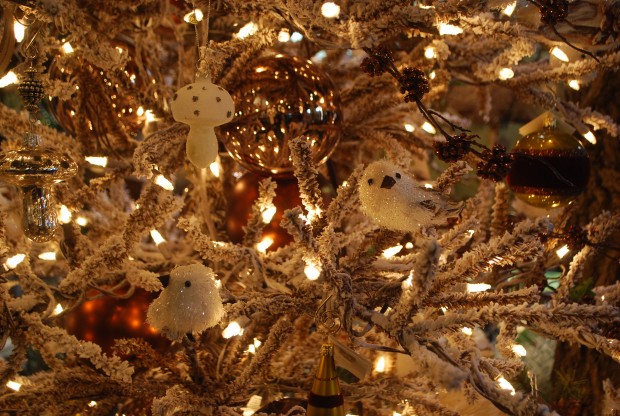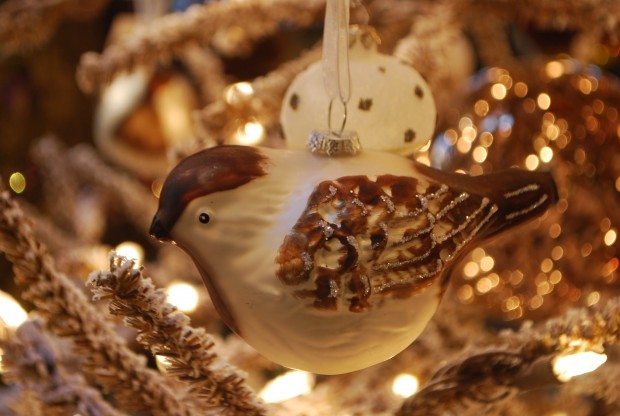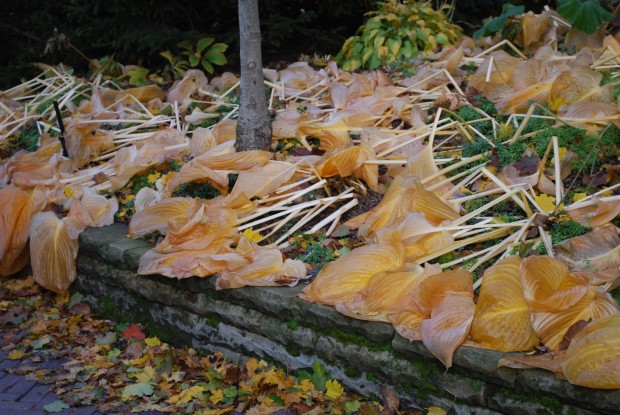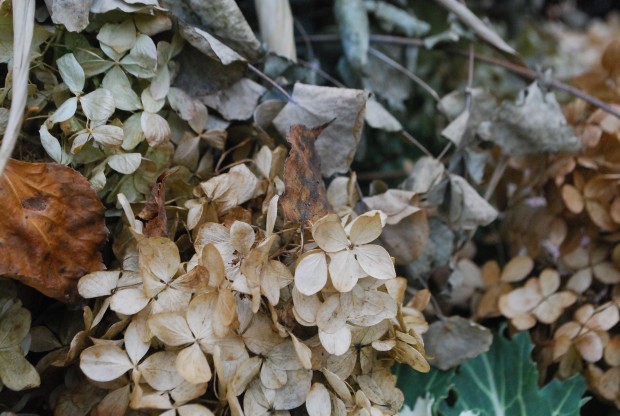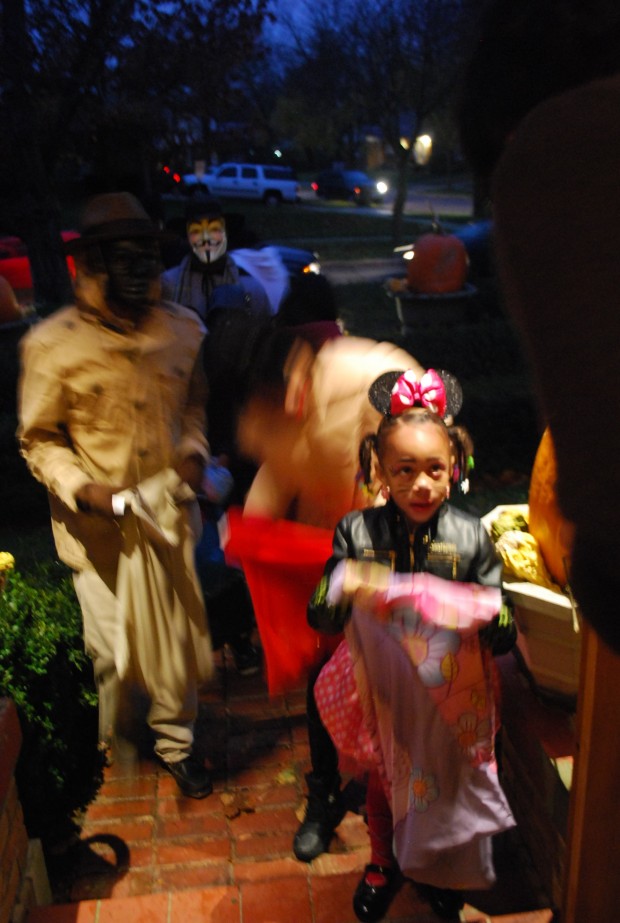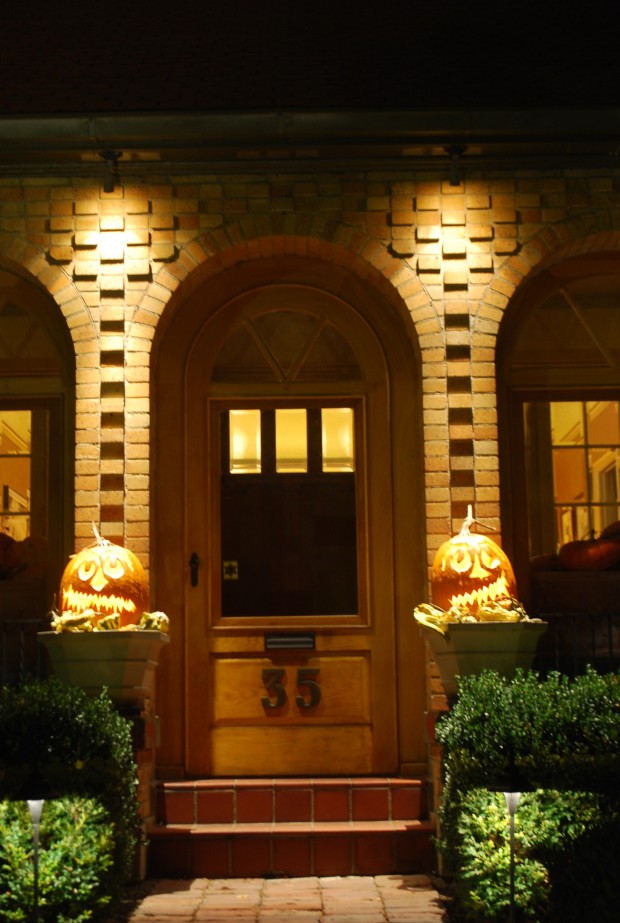
The close of the gardening season in late fall means the winter gardening season is not far behind. The winter season at Detroit Garden Works had a very simple beginning 10 years ago. Why does any gardener need to look at and live with empty pots all winter? We began slowly, with a selection of coppice wood twigs, fresh cut greens of every description, and weatherproof berry picks. People liked that idea, and were game for more.

Now we offer a wide selection of materials for winter containers, both natural and weatherproof. Materials for holiday and winter both inside and out fill the entire shop from the first week of November until the middle of January. Though we try to carry a wide range of materials that appeal to gardeners of all kinds, we usually have an organizing metaphor or scheme for each season. This year-the forest floor. Lots of things get moved around, and every surface gets washed, before we set the stage. This year, big branches were wedged or wired between the floor and the ceiling. The major and big items get placed.
Weeks later, the details begin to fall into place.
Once the trees were set in place, we needed a forest floor. We collected the leaves that fell from my magnolias at home the day they fell. Leaves that have just dropped still have moisture in them, and are flexible. Of course we intended that our floor would flow over the edges of the shelves. This meant that many of the leaves needed to be secured to our floor forms with fern pins. Jenny and I must have gone through a box of a thousand.
Why all this fuss? The sourcing and cutting of a collection of giant branches and dragging them inside, the collecting of the leaves and arranging them made a believable home for everything that we had shopped for. The shop is not just a shop. We hope it is an experience of the garden. Though the short red berry picks and the muslin mushrooms came from different places, they both had a home to go to that made visual sense.
Though there is an incredible variety of objects, they all look as though they belong. We never open a box, and set it out on a shelf. The intent is to show how those materials can be used, and to what effect. And that we celebrate each season in turn, as it deserves to be celebrated.
If you garden in Michigan, a sense of humor about the winter to come is a handy thing to have. These felt birds with their caps and scarves make wry reference to the cold that is surely on the way. Filling the front porch pots with an arrangement of materials, decorating a tree outside with lights and a tree inside with berry picks, making a wreath for the door-energizing, fun, creative-satisfying.
Decorating my yard for the holidays is a form of gardening. Though I am not digging holes, and watering, I am designing with the intent that my winter garden embraces the season, and be beautiful. Good gardens have a lot going for them in the winter. The evergreens are beautiful in the snow. The dry heads of the hydrangeas will persist most of the winter. The dark angular shapes of the trees in their bare state are striking against a moody winter sky. To this I mean to add a little cheer.
I am thinking I might want a big twiggy branch for a Christmas tree this year. The bare branches are so easy to load with lights, garland, and ornaments. The shop this season is spectacularly twigged out. Should you live nearby, our winter preview starts this coming Thursday evening at 5, and continues throughout the weekend.
Our forest floor is by no means all of what we have going on. It will take every bit of the time left between now and Thursday night for our group to get every last spot looking its winter best. Should you live too far away to visit, I will post lots of pictures in hopes you can get a feeling for our winter gardening ideas.
A celebration of the garden is always in order.







